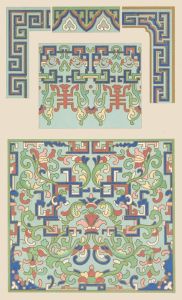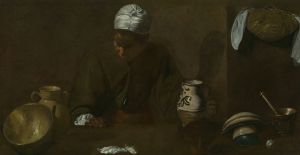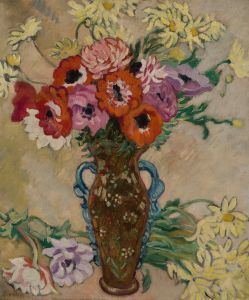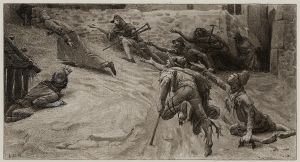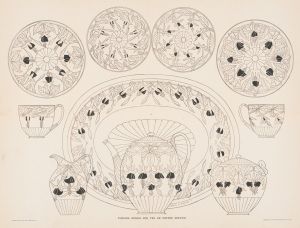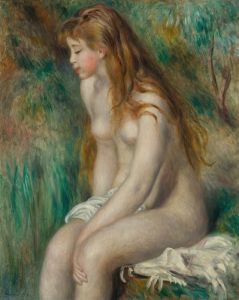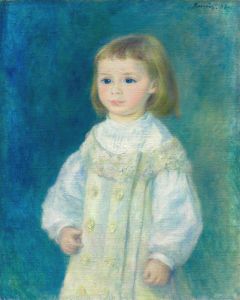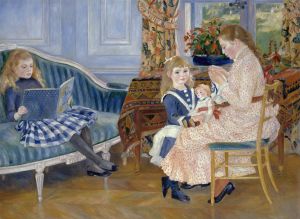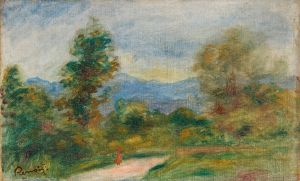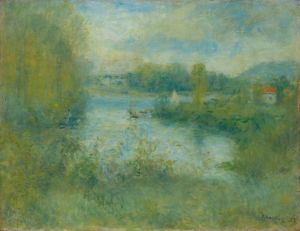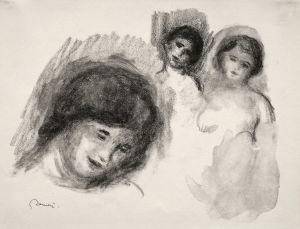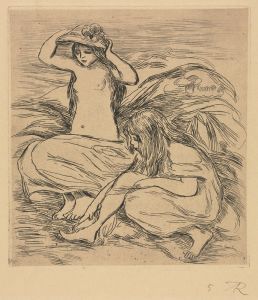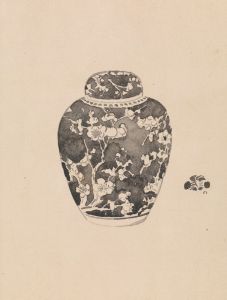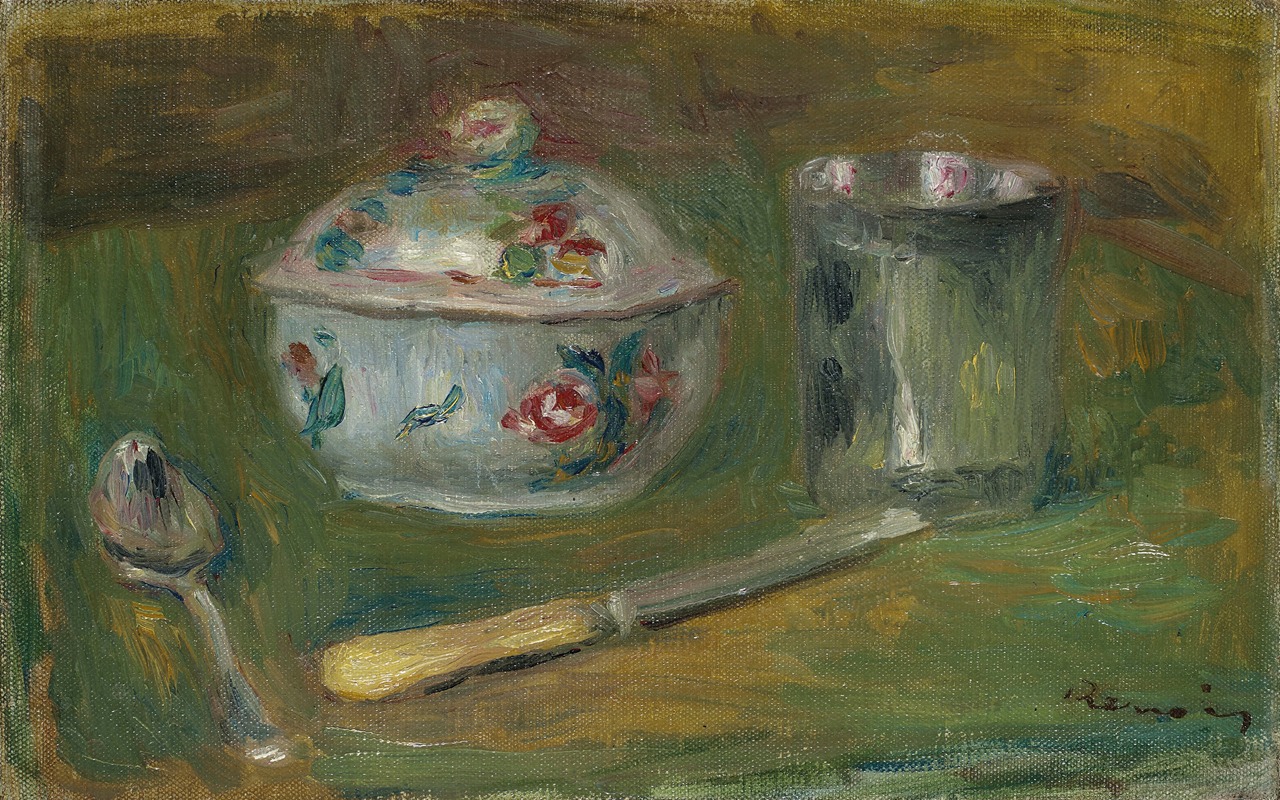
Sucrier, gobelet, cuillère et couteau
A hand-painted replica of Pierre-Auguste Renoir’s masterpiece Sucrier, gobelet, cuillère et couteau, meticulously crafted by professional artists to capture the true essence of the original. Each piece is created with museum-quality canvas and rare mineral pigments, carefully painted by experienced artists with delicate brushstrokes and rich, layered colors to perfectly recreate the texture of the original artwork. Unlike machine-printed reproductions, this hand-painted version brings the painting to life, infused with the artist’s emotions and skill in every stroke. Whether for personal collection or home decoration, it instantly elevates the artistic atmosphere of any space.
Pierre-Auguste Renoir, a prominent French artist and a leading figure in the development of the Impressionist movement, is known for his vibrant light and saturated color, often focusing on people in intimate and candid compositions. One of his lesser-known works, "Sucrier, gobelet, cuillère et couteau" (translated to "Sugar Bowl, Goblet, Spoon, and Knife"), exemplifies his skill in still life painting, a genre that allowed him to explore the interplay of light, color, and texture.
Renoir was born on February 25, 1841, in Limoges, France, and began his artistic career as a porcelain painter. His early experiences with decorative arts influenced his later work, as seen in his attention to detail and his ability to capture the subtleties of light and shadow. By the 1860s, Renoir had begun studying at the École des Beaux-Arts in Paris, where he met other future Impressionists, including Claude Monet, Alfred Sisley, and Frédéric Bazille.
The painting "Sucrier, gobelet, cuillère et couteau" is a still life that showcases Renoir's ability to infuse everyday objects with a sense of beauty and vitality. The composition includes a sugar bowl, a goblet, a spoon, and a knife, arranged in a seemingly casual manner. Renoir's use of color and light in this painting is characteristic of his Impressionist style, where he captures the play of light on surfaces and the reflections that occur between objects.
Renoir's still lifes, including this piece, often reflect his interest in the tactile qualities of objects. The textures of the materials—be it the smooth surface of the goblet or the metallic sheen of the knife—are rendered with a keen eye for detail. This attention to the materiality of objects is a testament to Renoir's background in decorative arts and his lifelong fascination with the physical world.
During the time Renoir painted "Sucrier, gobelet, cuillère et couteau," he was deeply involved in the Impressionist movement, which sought to capture the fleeting effects of light and atmosphere. This movement was characterized by a departure from the detailed realism of earlier art, favoring instead a more spontaneous and loose brushwork. Renoir, along with his contemporaries, often painted en plein air (outdoors) to capture the changing qualities of natural light.
While Renoir is best known for his depictions of human figures and social scenes, his still life paintings offer a glimpse into his versatility as an artist. They reveal his ability to find beauty in the mundane and to elevate simple objects to subjects worthy of artistic exploration. "Sucrier, gobelet, cuillère et couteau" is a testament to Renoir's mastery of color and composition, as well as his enduring interest in the interplay between light and form.
Renoir's work has had a lasting impact on the art world, influencing countless artists and continuing to be celebrated in museums and galleries worldwide. His still lifes, though not as frequently discussed as his portraits and figure paintings, remain an integral part of his oeuvre, showcasing his ability to transform everyday objects into captivating works of art.





